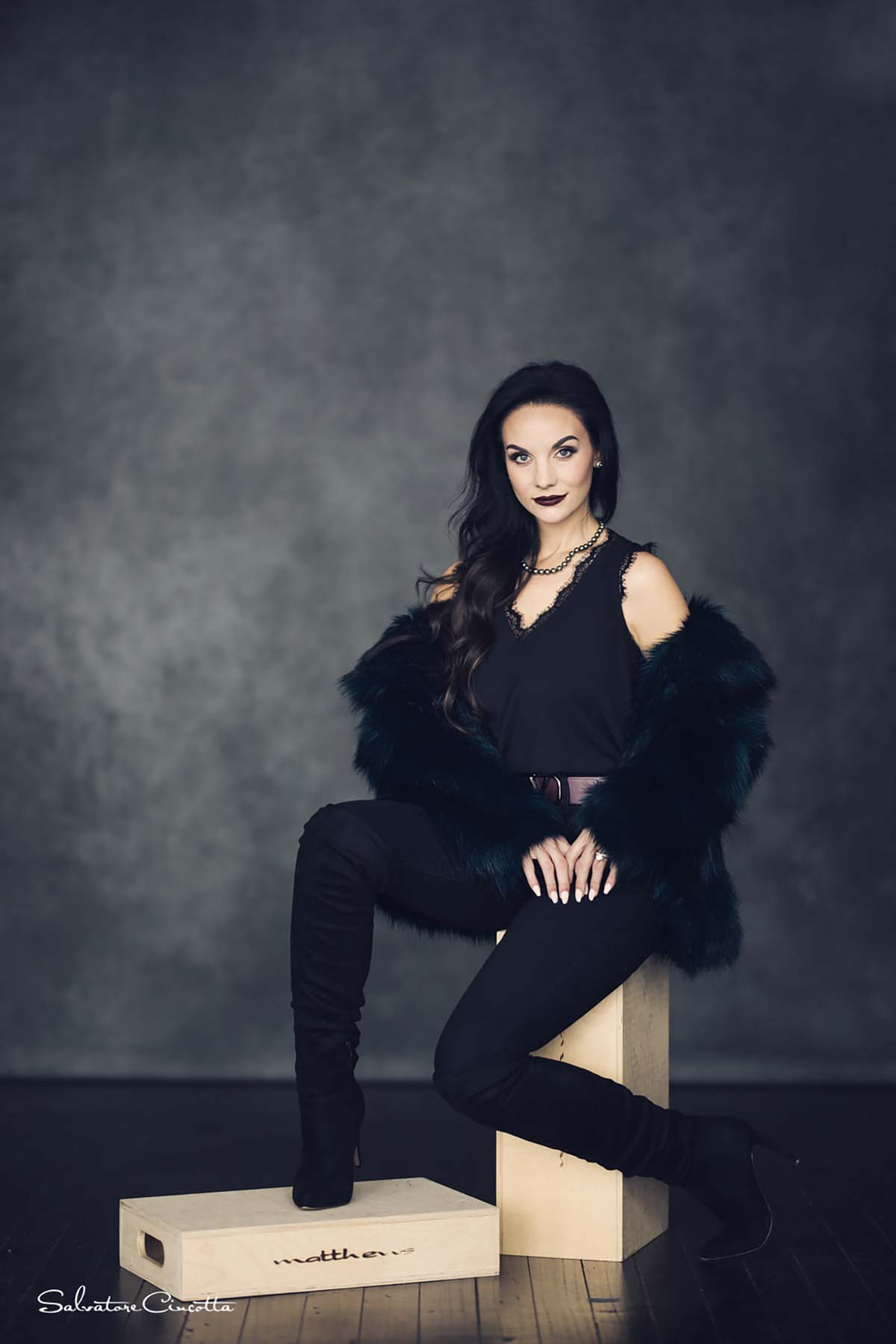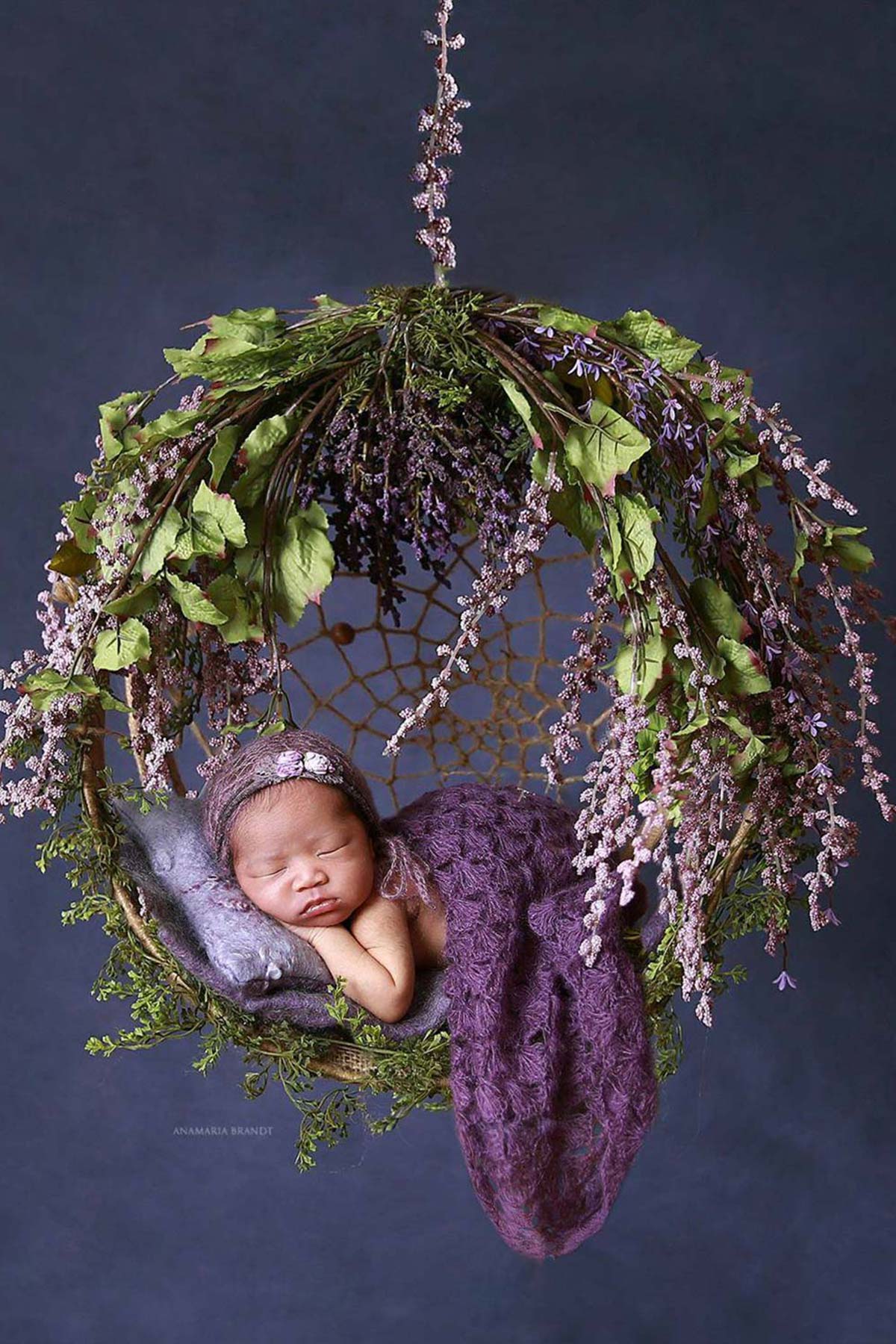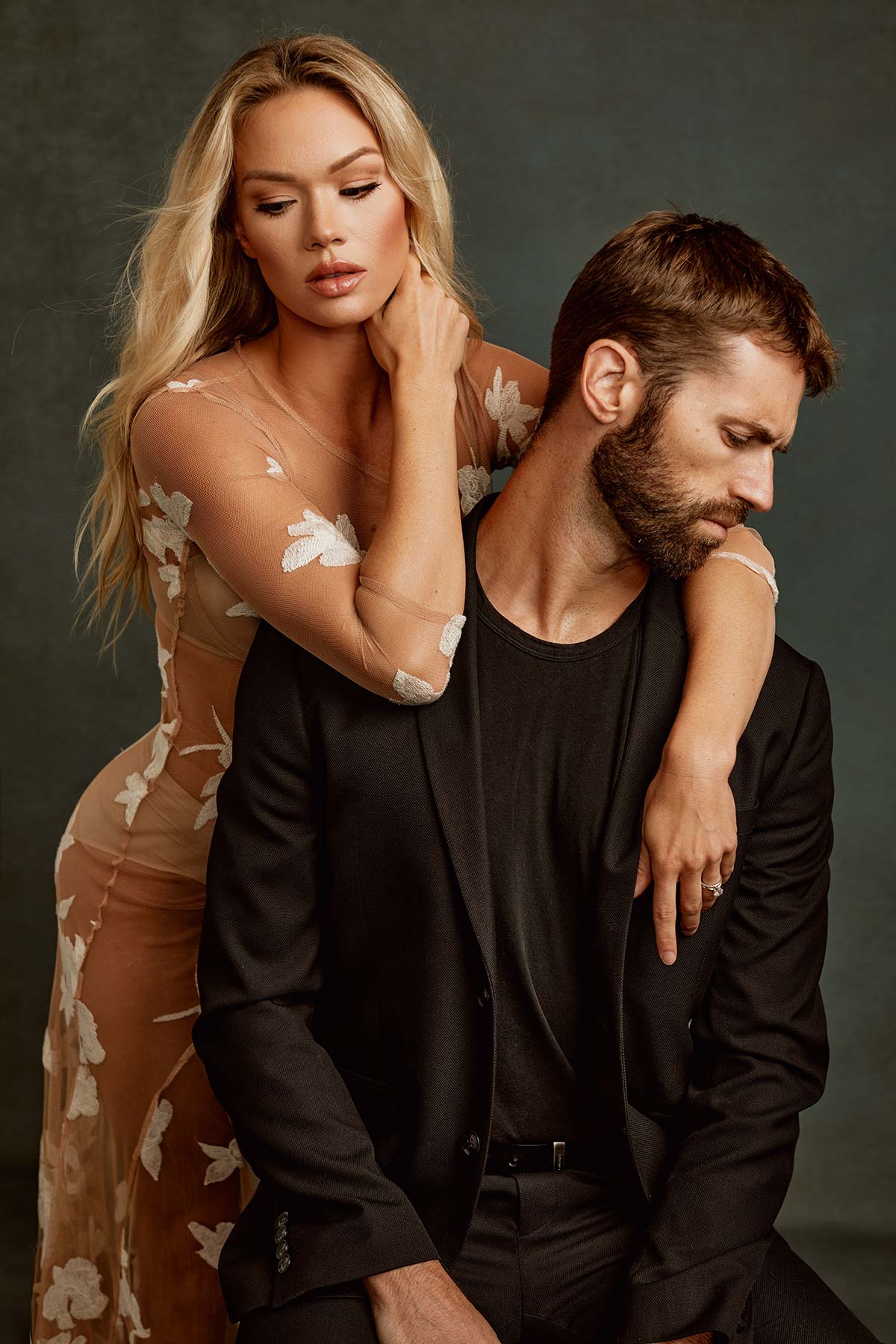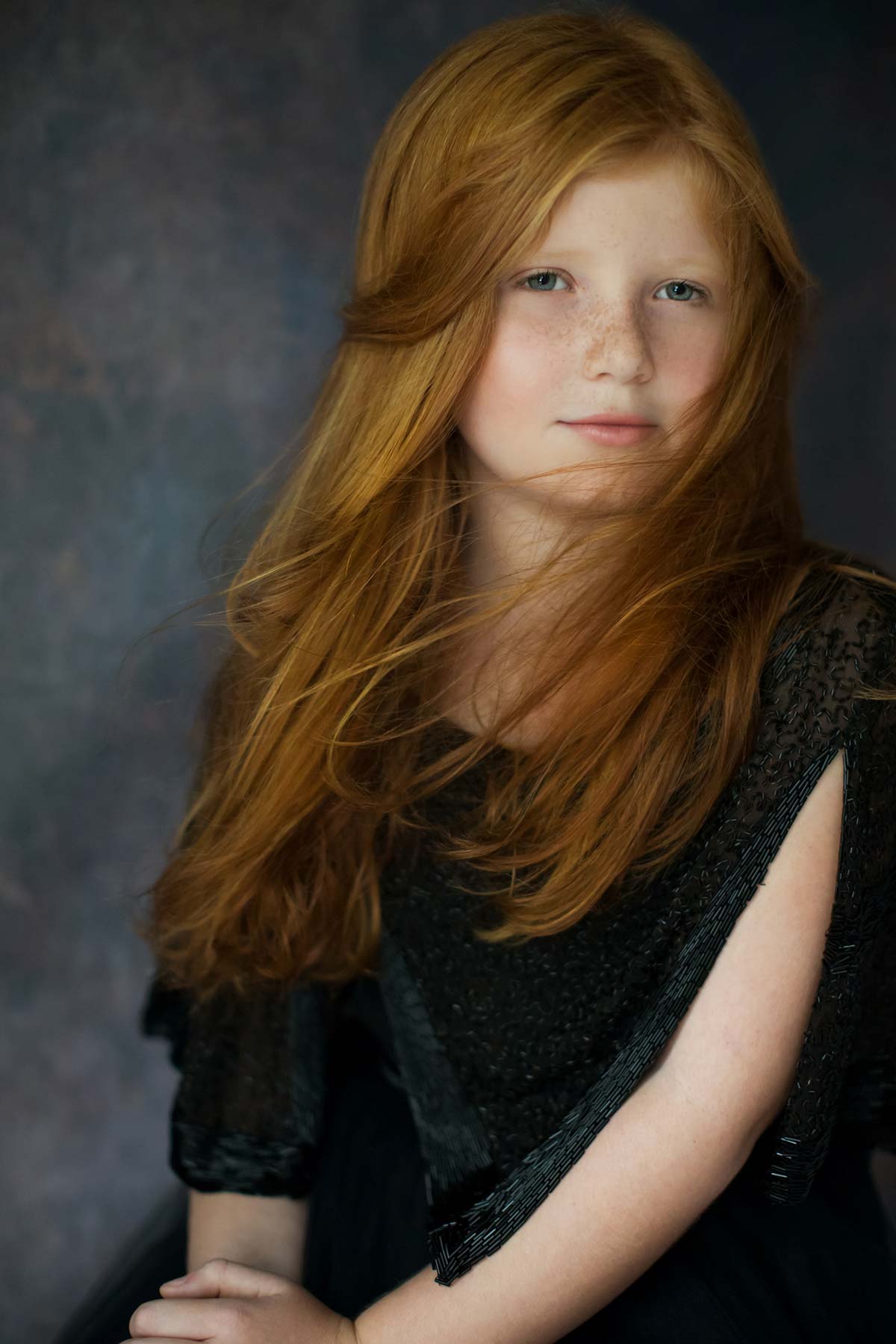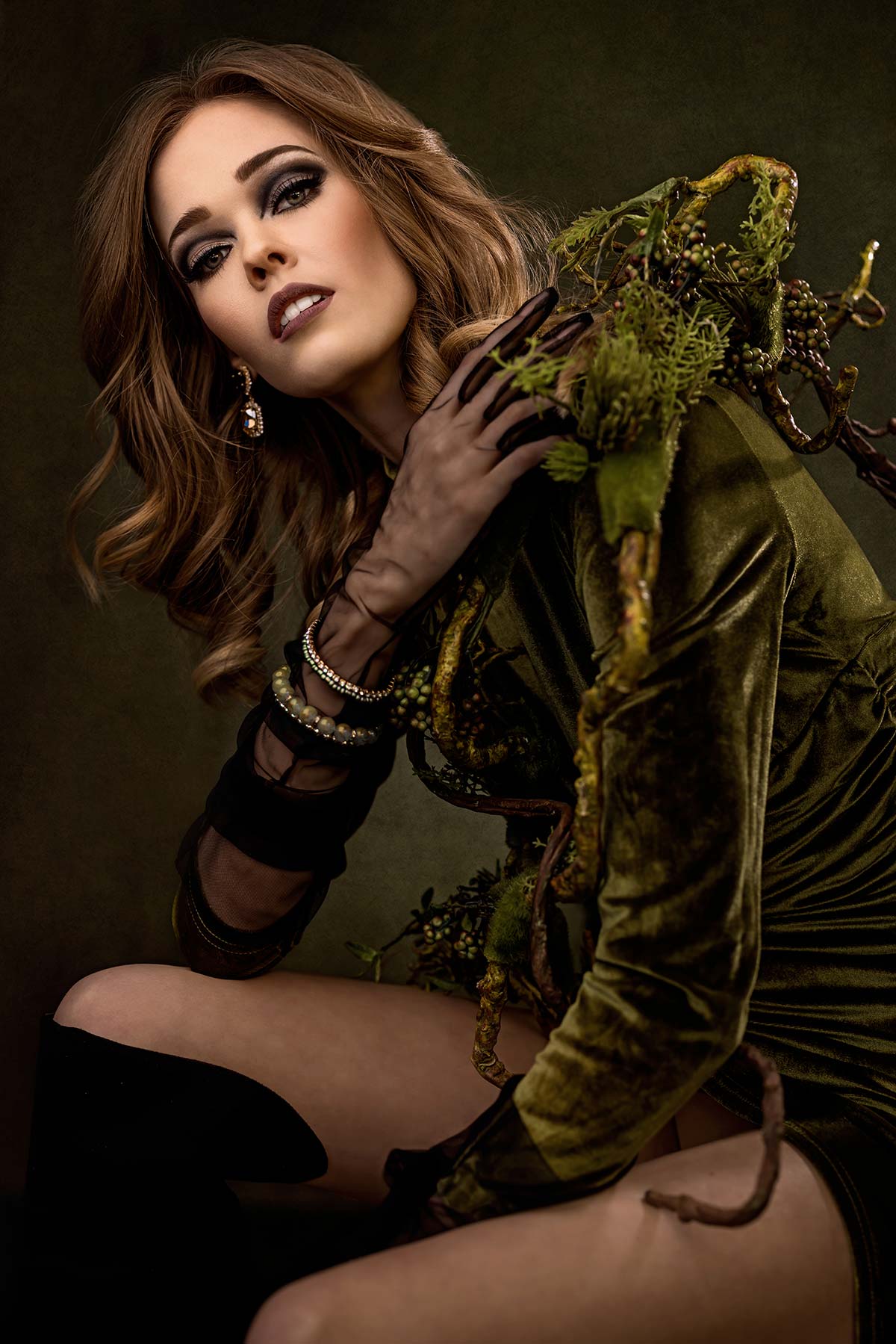Blog
Intuition Backgrounds – What Material Backdrop is right for you?
I am so excited to do this because I’m constantly stuck trying to figure out which material is right for backdrops.
So, you never really know what you’re going to need, right? This is not something you’re going to go out today and just buy 20, 30, maybe 40, backgrounds. You’re not going to do this overnight, but you WILL start acquiring them over the years. You’ll start adding backdrops to your arsenal, and if you buy five or six backgrounds a year, eventually over a three- or four-year window you’re going to have plenty to choose from when you need them. Trust me, when it comes to backgrounds for your studio imagery, you don’t want them getting stale.
Of course, all of that being said, what material is actually right for me? Well, that’s the entire point of what we’re doing here. Now I will tell you, I am biased, and my favorite material is the canvas. But in telling you that, I also realize I’m spending your money because the canvas is the most expensive. 🙂
Let’s walk through this as best I can in an article. Make sure you watch the video to see the materials I’m talking about as well.
I would highly suggest going to the website as I’m walking you through this information so it all makes better sense: www.intuitionbackgrounds.com.
Intuition offers five different materials: Canvas, Dream Weave, Poly, Ulta Pro, and Fabric.
Canvas.
Canvas is exactly what you think it would be. It’s the same canvas or type of material that you’re printing your prints on, and they’re printing the background on. It’s going to have that kind of matte finish. It’s going to be very durable, vibrant, sturdy, not washable. So if you’re shooting babies or pets where you run the risk of urine getting on the backdrop, you won’t be able to just wash it. With canvas, you can use it as a floor as well. So you can actually get two different backdrops. One that you’re laying out on the floor, use it as a floor, and then have another one as your actual background. To hang, you can use clamps, or pin it. Canvas needs to be rolled up for storage.
Dream Weave.
Dream Weave, which is a woven material like a canvas (I refer to it as a poor man’s canvas. I don’t know if anybody else refers to it that way, but I just made that up, that’s what I’m going with). Dream Weave is less expensive than canvas, but it’s much thinner. So it really depends on how you’re using it. If there’s light or window light behind it, you’re not going to want to use the Dream Weave because light is probably going to come through it, where the canvas is a little bit heavier and won’t have that same issue.
Dream Weave is a woven material, that’s strong and prints like a dream! It’s almost like the material of a woven, recycled bag. When using, you do need to make sure not to crease it, just like our canvas and poly paper. It is nice and durable and not nearly as fragile as the poly paper. You will absolutely love this stuff. The dream weave fabric is not washable, so please don’t try to wipe it or use it for cake smashes.
You can use it on the floor, but it will slide around. To hang, you can clamp or pin. Please roll up for storage.
Poly.
Poly paper is a great, inexpensive option! The poly is gorgeously vibrant. It has a coating on the back, which makes it tough to tear. It is lightweight and needs to be stored rolled up. To hang, you can use clamps or just pin it to a wall or a frame. The poly paper is shipped in a tube, is not washable, and is not intended for use as a floor.
Ulta Pro.
This material, if I could describe it to you, is almost like, you know when you buy a tarp for the top of your pool maybe, or for raking leaves? It’s a lot like that kind of material. That’s what it feels like a little bit, so it can be washed by hand, and it’ll hold up. Ulta Pro is a thicker, sturdy material that unrolls much like canvas. It is wipe-able; however, we do suggest keeping the wiping to a minimum for maximum backdrop-life. For storage you can roll it back up and store in the shipping tube, when not being used.
Fabric.
So, the fabric is just like you would think. There’s no structure to it. What’s going to end up happening with fabric? It’s good and it’s bad. So it is a little less expensive than canvas, however fabric can be washed. It can be hand washed. So that’s the plus side of it.
Do you have to travel with a backdrop? If you’re trying to travel with canvas, this is probably again, real-world conversation. If you have to travel with canvas, it is just not practical. So if you have a studio and you’re always shooting in your studio, canvas is great. I guess if you have a pickup truck, or SUV, you can throw the canvas in there if you need to travel, but that’s not usually the case. When we’re traveling, and we have suitcases or we’re going to a client’s house or something like that, obviously fabric is much easier to travel with.
Now, here’s what I don’t like about fabric: The wrinkles and creases. Of course, you can easily steam those out.
The fabric also has pockets at the top for you to put your poles through, whereas the canvas doesn’t, so the canvas and the other ones you’re going to clamp on.
Ultimately, each of these backdrop types has a place in your studio. You just need to figure out what’s going to work best for you and, of course, for your budget.
What I would recommend you do is invest in staples. So, for example, get a charcoal gray fabric drop. That becomes an easy and logical purchase because you can use charcoal gray for fine art. You can use it for head shots. So that becomes something that makes business sense. Whereas if you start getting some of the more specialty backdrops, maybe like the Harold, I wouldn’t want that on this fabric material, or something with heavy texture or super abstract. Those are things that maybe you spend less money on, because they’re not a staple for your studio.

